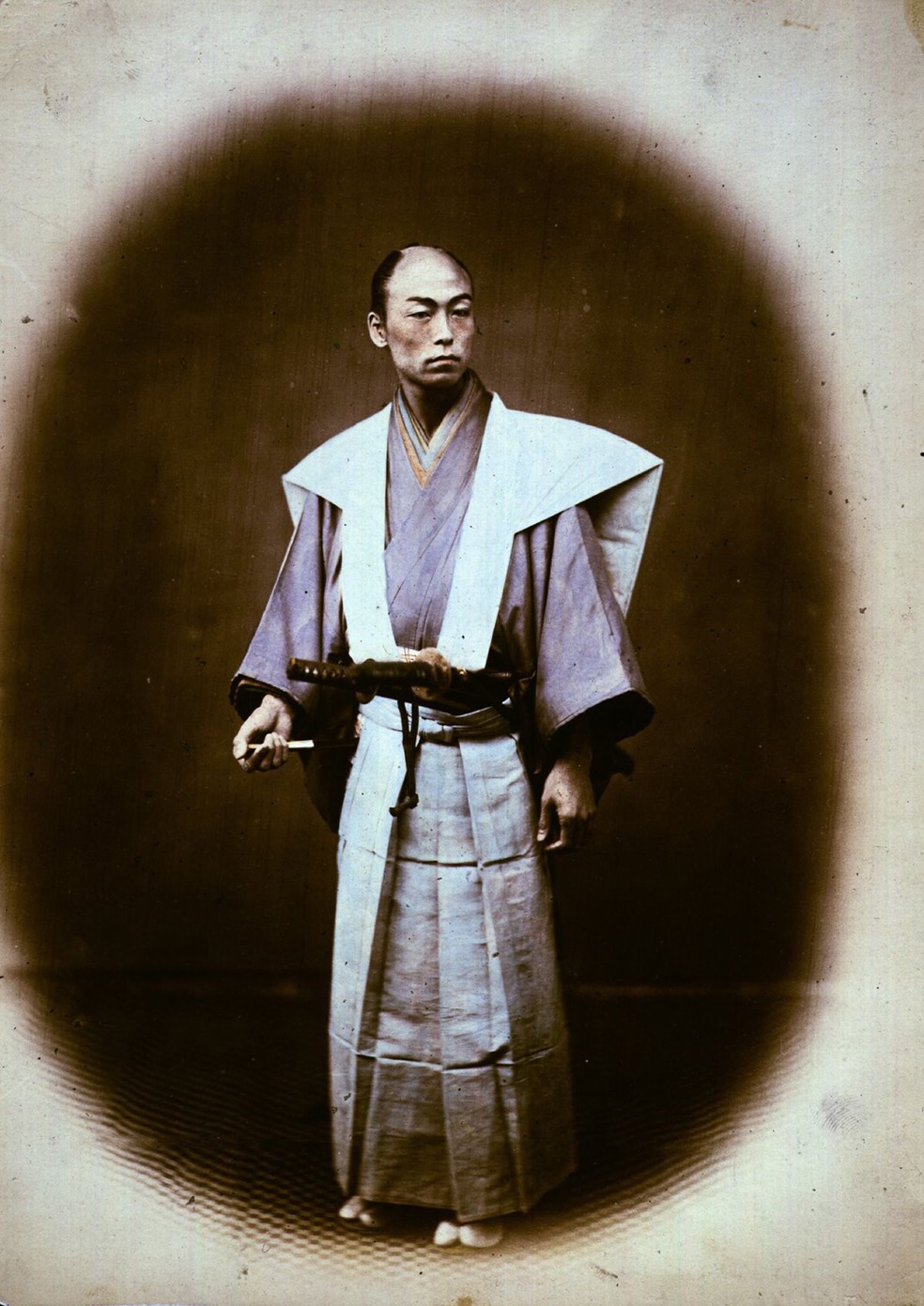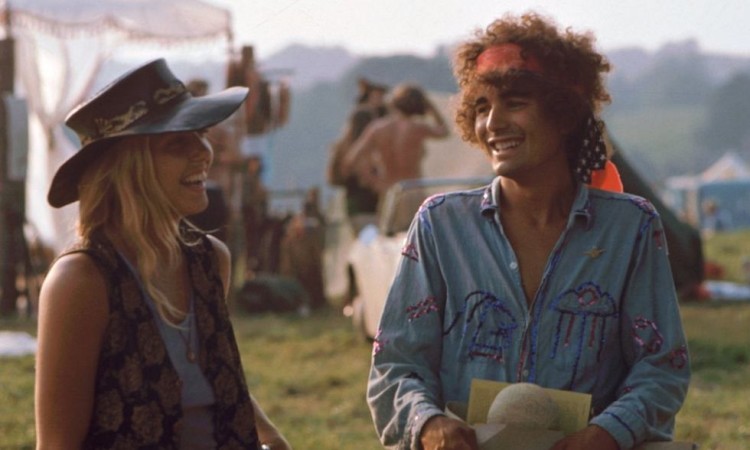Samurai (侍) were the military nobility and officer caste of medieval and early-modern Japan. In Japanese, they are usually referred to as bushi (武士) or buke (武家). According to translator William Scott Wilson: “In Chinese, the character 侍 was originally a verb meaning “to wait upon” or “accompany persons” in the upper ranks of society, and this is also true of the original term in Japanese, saburau.
In both countries the terms were nominalized to mean “those who serve in close attendance to the nobility”, the pronunciation in Japanese changing to saburai. According to Wilson, an early reference to the word “samurai” appears in the Kokin Wakashū (905–914), the first imperial anthology of poems, completed in the first part of the 10th century.
By the end of the 12th century, samurai became almost entirely synonymous with bushi, and the word was closely associated with the middle and upper echelons of the warrior class. The samurai were usually associated with a clan and their lord, and were trained as officers in military tactics and grand strategy. While the samurai numbered less than 10% of then Japan’s population, their teachings can still be found today in both everyday life and in modern Japanese martial arts.

Photo © Universal History Archive / UIG / Getty Images

Photo © Universal History Archive / UIG / Getty Images

Photo © Universal History Archive / UIG / Getty Images

Photo © Universal History Archive / UIG / Getty Images

Photo © Universal History Archive / UIG / Getty Images

Photo © Universal History Archive / UIG / Getty Images

Photo © Universal History Archive / UIG / Getty Images

Photo © Universal History Archive / UIG / Getty Images

Photo © Universal History Archive / UIG / Getty Images

Photo © Universal History Archive / UIG / Getty Images

Photo © Universal History Archive / UIG / Getty Images

Photo © Universal History Archive / UIG / Getty Images




